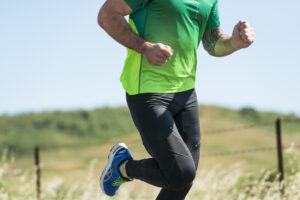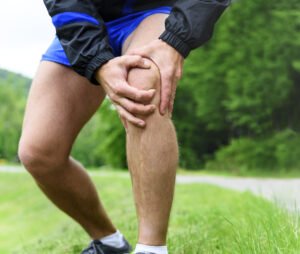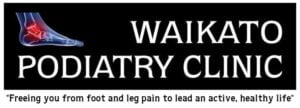Runner’s Knee
 What is Runner's Knee?
What is Runner's Knee?
Runner's knee is a common condition affecting around 15-35% of the active population, and it is more common in women than men.
Patellofemoral Pain Syndrome (PFPS) affects the front of the knee joint, in particular, the patella (kneecap) and the distal end of the femur (thigh bone), hence the name.
The word 'syndrome' implies that the problem encompasses several different signs, symptoms and causes.
A poor gliding knee-cap or patella causes irritation and inflammation around this area and around the knee-cap. This sensation can sometimes occur in conjunction with other knee problems.
Pain or discomfort is often worse going up or down stairs, running (especially downhill), sitting for prolonged periods with the knee bent (like in the movies, this used to be called “movie-goers knee”) and there is often clicking and clunking coming from within the knee. The pain may feel as if it is coming from the centre of the knee or from right under the knee cap.
How do I know if I have Runner's Knee?
The ITB rubs against the thigh bone or “femur” with great pressure at certain times. This tenderness often occurs when the foot hits the ground and the knee begins to bend slightly. This process develops what is known as an ‘Impingement Zone’ in the ITB, or simply a small area that is acutely painful when pressure is applied to it or the knee flexes to about 30degrees.

What Causes Runner's Knee?
If the quadriceps' (quads) pull on the patella is uneven, or the muscles become unbalanced, then this may influence the alignment (tracking) of the patella, as the knee flexes and bends.
The outside thigh muscles often become stronger or tighter than the inside muscles. This alters the function and alignment of the patella.
This is a somewhat simplistic view as there are a lot of other variables that can also result in this type of problem.
Factors involved in Patellofemoral Pain Syndrome (PFPS) often include:
- Training errors – too much activity too soon, or too much hill running
- Muscle dysfunction – Excessive muscle tightness or weakness
- Lower extremity malalignment – for example, a patella that is located very high in the knee joint or knock knees
- Foot function and footwear – excessive pronation and unsuitable footwear may both play an important role in patella malalignment or PFPS
- Trauma – such as a kick to the front of the knee or landing heavily on the knee
- Poor functioning or tracking feet encourage internal movement and displacement of the knee and the patella.
How can Runner's Knee be treated?
Fortunately there is a good chance, around 85%, that non- surgical treatment will be able to rehabilitate this problem; because of the large number of variables and contributing factors in this condition, a thorough history and assessment is really important.
Podiatrists base their treatment around facilitating correct foot and knee alignment. Orthoses have been shown to reduce the internal positioning of the knee as well as reducing the amount of internal tibial rotation.
Recent New Zealand research cites use of orthotics as one of the few validated treatment procedures for PFPS.
Pain Reduction
How to reduce the pain from runner's knee:
- Relative rest from aggravating activities. Please note, this does not necessarily mean in all cases that all activities must be stopped.
- Release and massage of the tight structures - education about how this can be done yourself.
- Strapping of the patella/knee cap to help facilitate alignment.
- A thorough assessment of footwear and current orthotics.
Long Term Solution
With most conditions getting the correct diagnosis in the first place is essential to good outcomes. This will involve a thorough assessment as the knee joint is a complex area. Identification of the main problem areas and a well structured plan on how to address these is essential.
The correct balance of support in the shoe and the orthotic are very helpful, and needs to be carefully implemented so as not to over-correct or under-correct. Either of these can have adverse effects and be sub-optimal to the overall outcome.
Muscle strengthening and stretching are also long term features that need to be done as (a course of maintenance) the tendency for the same tissue to adjust to the same changes eg/ tightening up again is highly likely.
Still in Pain?
Are you are feeling like you have tried everything but are still in pain?
Do you feel like you have seen every health practitioner you can about your Runner's Knee?
We have a track record of diagnosing and successfully treating cases that have previously proven difficult to resolve and we'd love to help you get back on your feet doing what you love.

